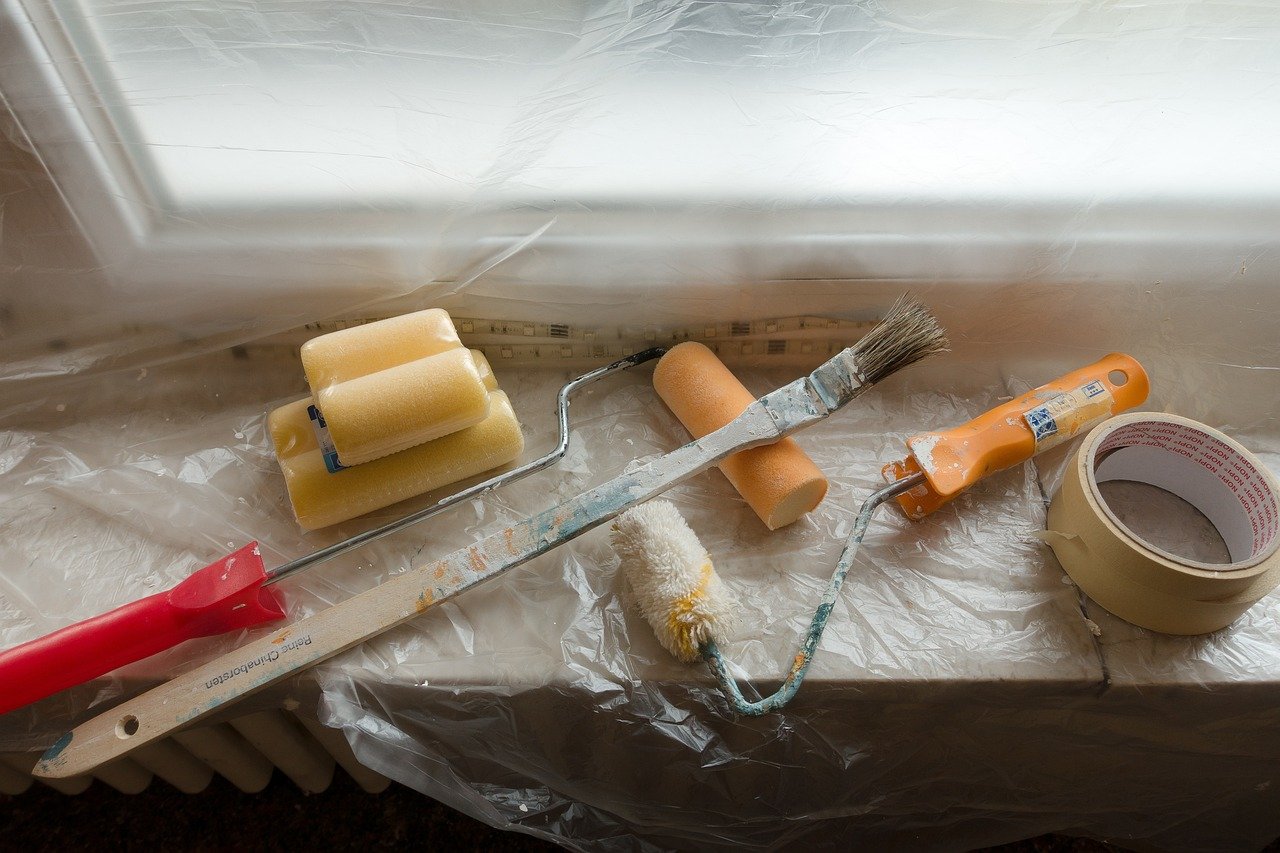Home renovation is one of the most exciting and satisfying experiences in life. It is a perfect opportunity for making that house truly feel like home, whether upgrading certain rooms or doing an entire makeover. Where do you even begin? When it comes to renovating your home, the whole thought is indeed a huge one; however, just with good planning and the right materials, it can be turned into a beautiful space with little stress.

Here is a comprehensive guide penning down how to plan a home renovation project and see it through to the end.
Step 1: Assess Your Home’s Needs & Goals
Before starting any renovation, visit your house and take notes on what condition the house is in now and also what your goals are. It will entail an incredibly imperative first step because it leads to the most important decisions on the areas needing most attention and why you want to renovate.
Key Questions
Do you want to extend your living space?
Energy efficiency wise, is a priority for you?
Is your aim to make a more modern appearance and feel of the home?
Does major systems (like HVAC, plumbing, or foundation) need an upgrade?
Setting clear goals at the outset helps the renovation focus and intentionality. Whether you are replacing outdated fixtures or remodeling an entire room, knowing your objectives will help you stay on track.
Step 2: Allocate an Appropriate Budget
After defining your renovation aims, it’s a matter of journeying toward creating a budget. A well-tailored budget can really help in ensuring costs are managed in an appropriate way and thus avoid unpleasant surprises concerning finances when caught off guard further down the line. Ensure your budget includes:
Renovation Costs: These will entail labor, materials, payments for permits, and any required professional services (like hiring architects or interior designers).
Contingency Funds: During renovation, some unforeseen issues (such as those not visible to the eye: water damage or structural concerns) could pop up at some point. It is wise to keep 10-15% of your budget for such problems.
Financing: Add to your budget how much you have to afford in terms of financing costs and interest rates if borrowing will be a necessity during the execution of the project.
It isn’t easy being within budget, but remember to prioritize spending according to your goals. If, for instance, the main focus is on kitchen renovations, set aside more money for that while letting other, less critical aspects take a hit in terms of budget.
Step 3: Employ the Right Professionals
Certainly, most aspects of home renovation will require hiring professionals such as contractors, designers, and tradespeople to name a few. But equally significant for you as a homeowner is hiring such professionals who have the experience in carrying out your vision. While hiring professionals, you might want to consider:
The credentials and references-the contractor or designer has to have proper licensing, insurance and strong past work history. Communication-it’s a long process, and you’ll be working very closely with them, so being responsive and open is a plus factor. Some types of improvement should have special or specialist knowledge, for example, if it involves electrical or plumbing work. It must be assured that the specialists can cover all aspects of the major project.
Take time to have interviews with multiple professionals but also read reviews to make sure you hire the right one to do the job.
Step 4: Design Your Space
Once the team is hired and the budget is finalized, it’s time to get creative and plan the design of the renovated space. It could be a room to be redesigned, or an entire home, and it comes to life when you plan the design. Here are some reminders:
Usefulness: Your design would be relevant to your lifestyle and needs. Consider how you use space and give priority to functions rather than form. For example, in the kitchen space, you should be able to create the layout in a manner that enhances cooking and cooking preparation.
Visual Aesthetics: What style would you want to achieve? From modern to rustic, appropriate materials, colors and finishes will match the right tone for the entire house.
Professional Input: If design isn’t your strong suit, consider hiring an architect or interior designer. They could understand your visions and evidence of how everything flows smoothly into each other.
Remember that there are elements such as replacement windows or replacement doors, which could have impacts both aesthetically and energy-efficient within the house. Asher Lasting Exteriors gives a quality replacement window replacement door that beautifies your space during renovation.
Step 5: Secure Approval and Materials
Before you start renovating, get a renovation permit. Some renovations, like structural alterations or electrical work, require a permit from your local municipality, depending on the major renovations involved. Fines or complications in the future can be avoided by doing research to get the permits.
At the same time, start gathering the materials you need for your remodeling project. From flooring to fixtures, select materials that match your vision and your budget. Quality and cost-effectiveness must be balanced to make your renovation last over time.
Step 6: Set a Timeline
It is realistic timelines that keep renovation projects on schedule. The main things to do include electrical work or plumbing before getting down to the smaller chores such as painting or final touches after identifying the main works.
Having an allowance for delays is very necessary. Materials will take longer to reach you or some unforeseen problems may appear that may cause delays. When you add in the extra time, your stress level is reduced, and you won’t feel rushed as the project proceeds.
Step 7: Start Renovation
After completing all the preparatory works, it is finally the time to begin the grand renovations-cum-remodeling activities. The heavy lifting begins. Whether you do it alone or even give consideration to join-in efforts with a team, communication with everyone concerned must remain open. Ensure that every one of them carries thorough understanding with their roles, responsibilities, and the expected timeline for completion.
Conduct renovation activities by yourself like painting or landscaping and follow standard operating procedures on safety-hazards; work slowly on getting accurate detail. For larger projects, residents may have to vacate for a period of time or alter their usual occupancy arrangement of the property while work is undergoing.
Step 8: Final walkthrough and Evaluation
After all the work is done, never forget to perform the last walkthrough. Go over everything done in the renovation to assure that it meets your standards. It is the best time to fix anything and settle the fact that everything works just as intended.
And finally check if your original renovation goals were actually realized. Did it make your space more functional? Are you satisfied with the aesthetic transformation? If everything checks out, congratulations! You have successfully completed your home renovation.
Asher Lasting Exteriors: Ready to Assist with Your Renovation
Whether you’re thinking about window, door, or gutter improvements, Asher Lasting Exteriors can provide the assistance you need. For over 50 years serving the Western Wisconsin area, we have quality products and workmanship available to improve your house. Our team works to achieve exceptional results in every case, whether to improve energy efficiency with new windows or to involve a welcoming entrance with replacement doors.
Contact us today to find out how Asher Lasting Exteriors can assist with your renovation project. Let us help bring your vision to life with expert advice, top-tier products, and personalized service.







Leave a Reply